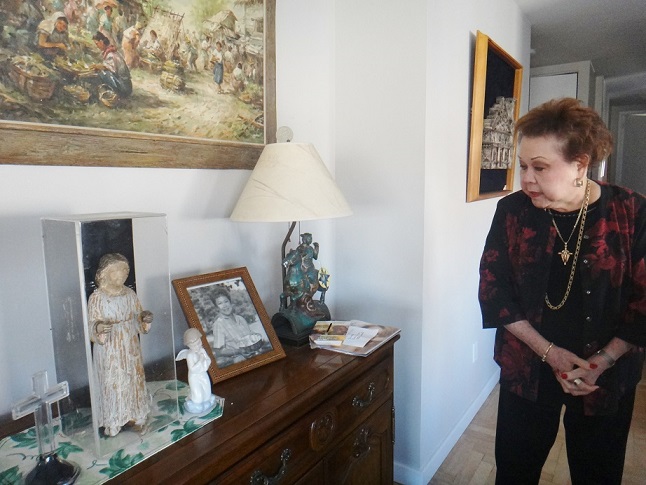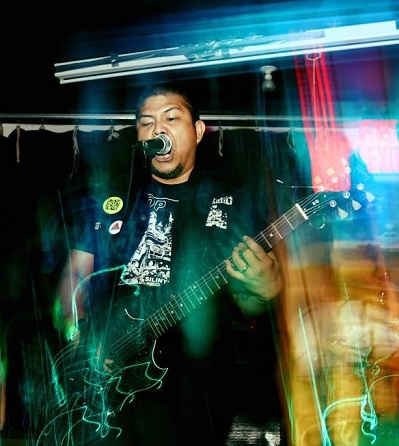Remembering history at Normandy
By Wendell Gaa
Since my days as a junior high school student, I’ve been fascinated with the history of the Second World War.
I’ve known for a very long time how the Pacific Theater held the highest immediate stakes for my whole family and ancestors living in the Philippines at that pivotal stage in world history. In past years I’ve grown in steady admiration for the Allied soldiers that partook in the European Theater battles which ultimately led to the defeat of Nazi Germany, which then posed the greatest existential threat during World War II. Hence, my recent summer trip to Normandy in northwestern France was one of the most meaningful and emotionally fulfilling “pilgrimage adventures” in my entire life.
This year marked the 80th anniversary of the D-Day beach landings in Normandy, when Allied armies comprising primarily of American, British, Canadian and a handful of European troops invaded northern France on June 06, 1944. From across the English Channel they began their long mission of liberating Europe from the evil tyranny of German dictator Adolf Hitler, the largest military amphibious mission of its kind in history. My trip to the Normandy beaches where the Americans had landed, code-named Utah and Omaha, was injected with a special sense of inspiration and poignancy all at once.
I joined a small tour group to the Normandy beaches which consisted of Americans, a Belgian and a Mexican. Our guide, a Belgian national herself, graciously took her time to fetch each of us from our respective hotels in the northwestern French town of Bayeux where we were billeted.
Our first major stop was at Utah Beach, the westernmost and the first of the American-landed beaches. As we approached the beach, we saw a fine memorial to the U.S. troops which took the form of a model landing craft with statues of combat soldiers rushing out to the beaches ready to bravely face the heat of battle, portraying real life events as it happened here.
Also on display near the beaches were actual models of U.S. Sherman tanks which had also played a huge role in the beach invasions, as well as large defensive artillery used by the Germans. There are also stone memorials to Navy men who fought here. Juxtaposing all these images with present-day scenes of families swimming and playing along the beach was surely mind-blowing.
Near the beach we got to tour a museum dedicated to the Normandy landings where we saw an assortment of weaponry, military vehicles and both American and German army uniforms of that era, which surely further brought to life the images which I remember seeing from the Emmy-winning HBO series “Band of Brothers” produced by Steven Spielberg and Tom Hanks about the Easy Company paratroopers who had landed behind enemy lines at Utah Beach.
We then drove over to Omaha Beach, where the American forces suffered the heaviest casualties during the D-Day invasion. After paying my personal respects at a significant memorial marker to the soldiers at the beach entrance, I took a few minutes to walk along the beach, which was strikingly attractive and as with Utah, was an active site for tourists and families.
Notwithstanding these present-day views, I could not help but conjure in my mind grisly scenes of soldiers rushing through these beaches head on to face enemy fire with many being gunned down or severely wounded, just as was depicted in the classic Spielberg war epic “Saving Private Ryan.” This was all a powerful and significant reminder of the tremendous heroism and sacrifice of the Allied servicemen of World War II. The feeling was made all the more symbolic as we concluded our day trip with a stop at the Normandy American Cemetery, home to thousands of fallen soldiers who gave their lives in the name of liberty.














